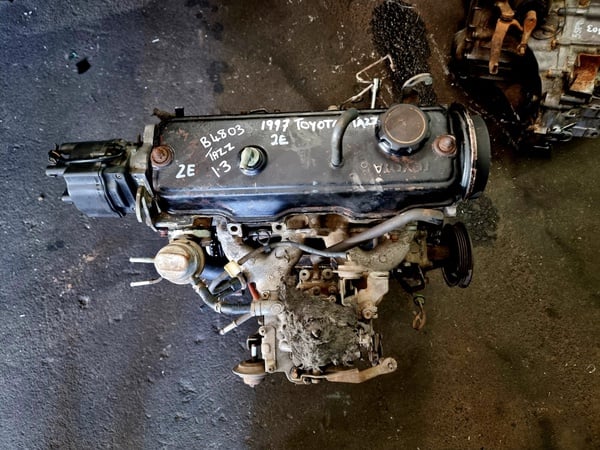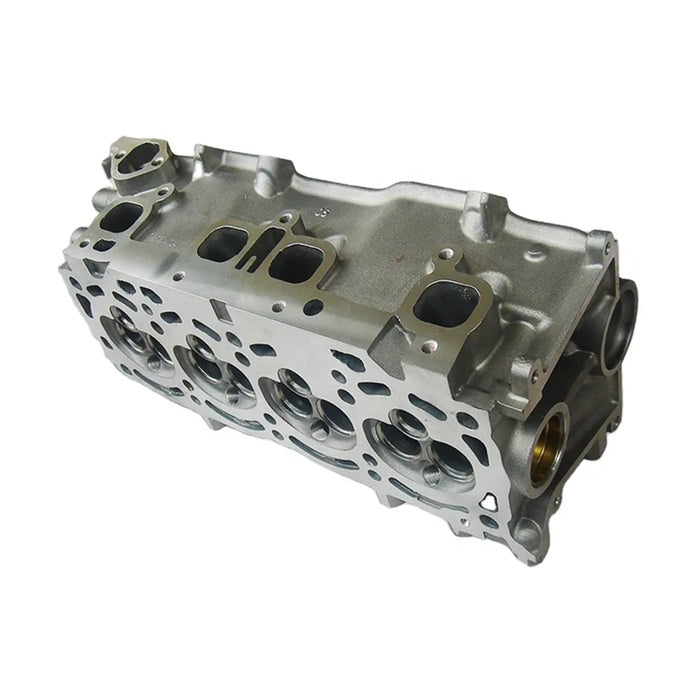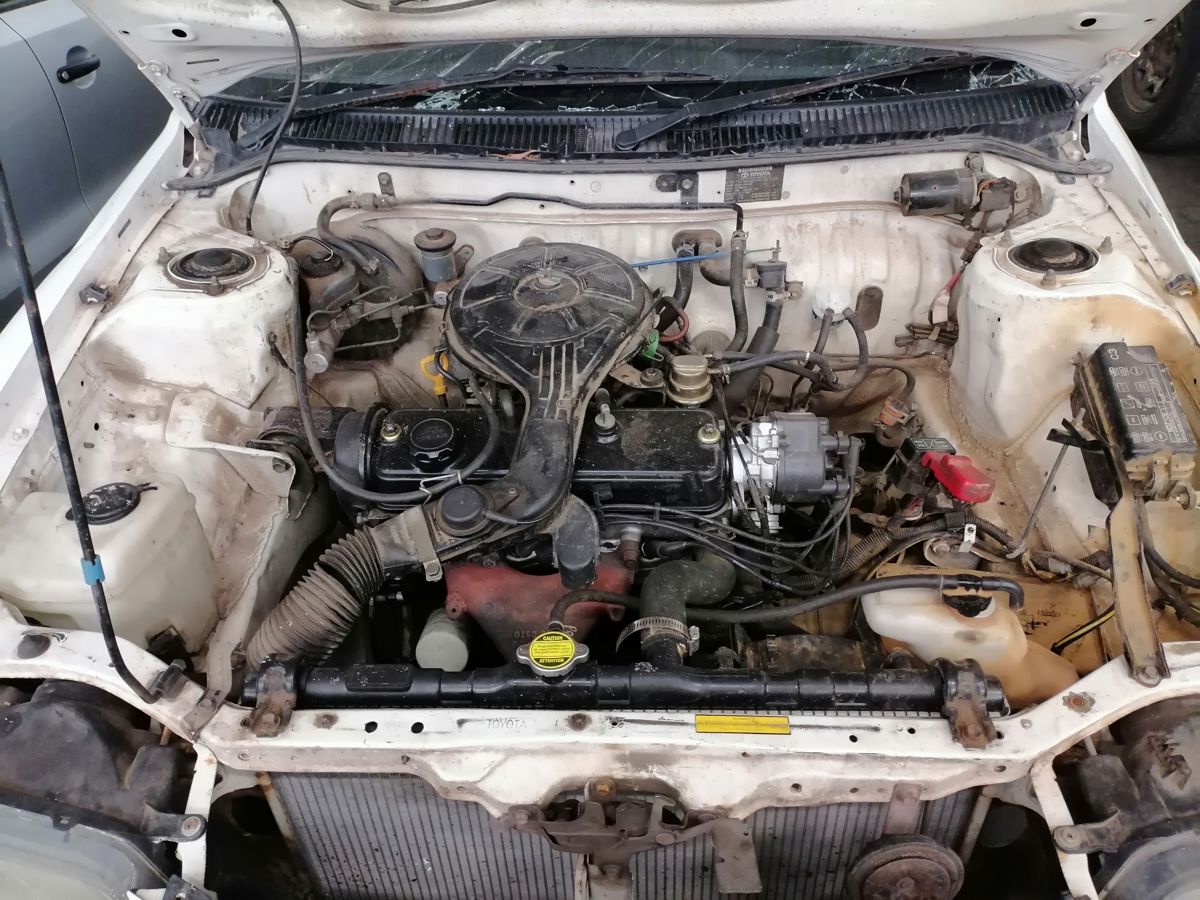Toyota Tazz: A Comprehensive Review of Performance and Comfort
Toyota Tazz: A Comprehensive Review of Performance and Comfort
Blog Article
Discover the most up to date Trends in Engine Modern Technology With Tazz
In the quickly advancing landscape of automobile modern technology, Tazz stands at the center, highlighting considerable advancements in engine systems that focus on both innovation and sustainability. From crossbreed engines that optimize gas efficiency to the appearance of hydrogen fuel cells, the fads forming contemporary powertrains are not only improving performance yet likewise addressing vital environmental obstacles.
Crossbreed Engine Innovations
Crossbreed engine developments stand for an essential shift in vehicle innovation, integrating the advantages of internal burning engines with electrical propulsion systems. This integration not only improves gas effectiveness however also reduces emissions, meeting significantly stringent environmental regulations. By making use of both power resources, hybrid engines can enhance efficiency, supplying power when needed while conserving fuel during much less demanding motoring problems.
Current innovations in crossbreed modern technology include renovations in battery efficiency and regenerative stopping systems. These developments enable better power recovery throughout deceleration, which can be rerouted to help in velocity or power auxiliary systems. In addition, makers are focusing on portable styles and light-weight products to maximize the effectiveness of hybrid powertrains.
The growth of plug-in crossbreeds has additionally broadened the market, allowing chauffeurs to charge their cars utilizing typical electric outlets. This feature often permits substantial all-electric array, further lowering dependence on conventional fuels. tazz. As the automobile sector remains to evolve, hybrid engine innovations are anticipated to play a vital role in bridging the space between standard vehicles and totally electric models, giving a transitional remedy that deals with varied consumer demands and preferences
Advances in Electric Powertrains
The automobile landscape is swiftly developing, with electrical powertrains becoming a leading pressure in lasting transport. Advancements in electric car (EV) technology are dramatically improving performance, performance, and customer experience. Key technologies consist of improvements in battery chemistry, which have actually enhanced energy density, decreased charging times, and prolonged general battery life.
Solid-state batteries, for instance, guarantee to change the marketplace by providing better security and effectiveness contrasted to standard lithium-ion cells. Additionally, improvements in regenerative stopping systems are making it possible for lorries to recuperate power during slowdown, adding to general efficiency.
In enhancement to battery innovation, electric motor designs are coming to be much more sophisticated. Innovations such as integrated motors and progressed thermal monitoring systems are assisting to maximize power delivery and decrease weight, inevitably enhancing lorry characteristics.

Collectively, these breakthroughs emphasize the dedication to transition in the direction of cleaner, a lot more efficient transport remedies, placing electric powertrains at the center of auto technology.
The Rise of Hydrogen Fuel Cells
Increasingly, hydrogen fuel cells are gaining traction as a practical alternative to conventional interior burning engines and battery electrical lorries. This modern technology uses the chemical energy stored in hydrogen, transforming it right into electrical power through an electrochemical response with oxygen. The primary by-product of this process is water, making hydrogen fuel cells an eco friendly option with absolutely no exhausts at the tailpipe.

Automakers are increasingly spending in hydrogen gas cell technology, identifying its possibility for long-range applications and rapid refueling capacities that measure up to traditional fuels. In addition, fields such as durable transportation and public transportation are especially fit for hydrogen fuel cells, where battery electrical solutions might fail because of weight and range limitations.
As research study and financial investment remain to expand, hydrogen fuel cells are positioned to play a considerable function in the future landscape of clean transport and power remedies.
Enhancements in Internal Burning Engines
Advancements in inner burning engine (ICE) innovation are changing typical vehicles to fulfill modern-day ecological standards and efficiency expectations. Direct fuel injection, for circumstances, enables for better atomization of gas, leading to even more total burning and enhanced power result.
In addition, turbocharging has actually acquired prestige, enabling smaller sized engines to supply higher efficiency without the weight of bigger engines - tazz. This technology not only increases effectiveness yet likewise adds to reduce gas consumption. Variable shutoff timing systems are additionally being improved, enabling engines to adapt to numerous driving problems for boosted torque and responsiveness
Furthermore, the usage of lightweight products in engine construction is coming to be typical, further improving gas efficiency by minimizing overall lorry weight. Engine control units (ECUs) are progressively innovative, enabling real-time modifications that maximize efficiency and emissions.
These enhancements collectively symbolize an essential shift in ICE innovation, lining up with worldwide sustainability objectives while still providing the performance vehicle drivers get their explanation out of their vehicles. As the industry develops, these improvements continue to shape the future of typical automotive design.
Future Patterns in Engine Effectiveness
Substantial improvements in engine effectiveness are prepared for as makers concentrate on incorporating cutting-edge technologies to satisfy rigorous ecological laws and consumer demands. The shift towards electrification, crossbreed systems, and alternative gas is reshaping the vehicle landscape, driving innovations that improve fuel economy and lower exhausts.
Among the crucial patterns is the implementation of innovative products and making strategies. Light-weight composites and high-strength alloys contribute to reduced car weight, hence boosting overall effectiveness. In addition, the fostering of turbocharging and variable shutoff timing modern technologies enables improved power output from smaller sized engines, even more improving gas economic climate.

Final Thought
In conclusion, the expedition of engine modern technology exposes substantial developments that focus on sustainability and performance. Technologies in hybrid engine systems, electric powertrains, and hydrogen gas cells demonstrate a dedication to lowering exhausts while improving efficiency. Furthermore, renovations in internal burning engines and an emphasis on lightweight products add to overall engine performance. As the our website automobile market proceeds to advance, these trends will play an important role in forming a cleaner and more lasting future for transport.
From crossbreed engines that maximize fuel effectiveness to the appearance of hydrogen gas cells, the patterns shaping modern powertrains check are not only improving performance however additionally resolving essential environmental obstacles.Crossbreed engine developments stand for a pivotal change in automotive modern technology, integrating the advantages of inner burning engines with electrical propulsion systems.Additionally, turbocharging has actually gained prominence, enabling smaller sized engines to provide greater efficiency without the weight of larger engines. In addition, the fostering of turbocharging and variable shutoff timing innovations permits for improved power result from smaller engines, further improving gas economic climate.
Renovations in interior combustion engines and an emphasis on lightweight materials contribute to overall engine efficiency.
Report this page